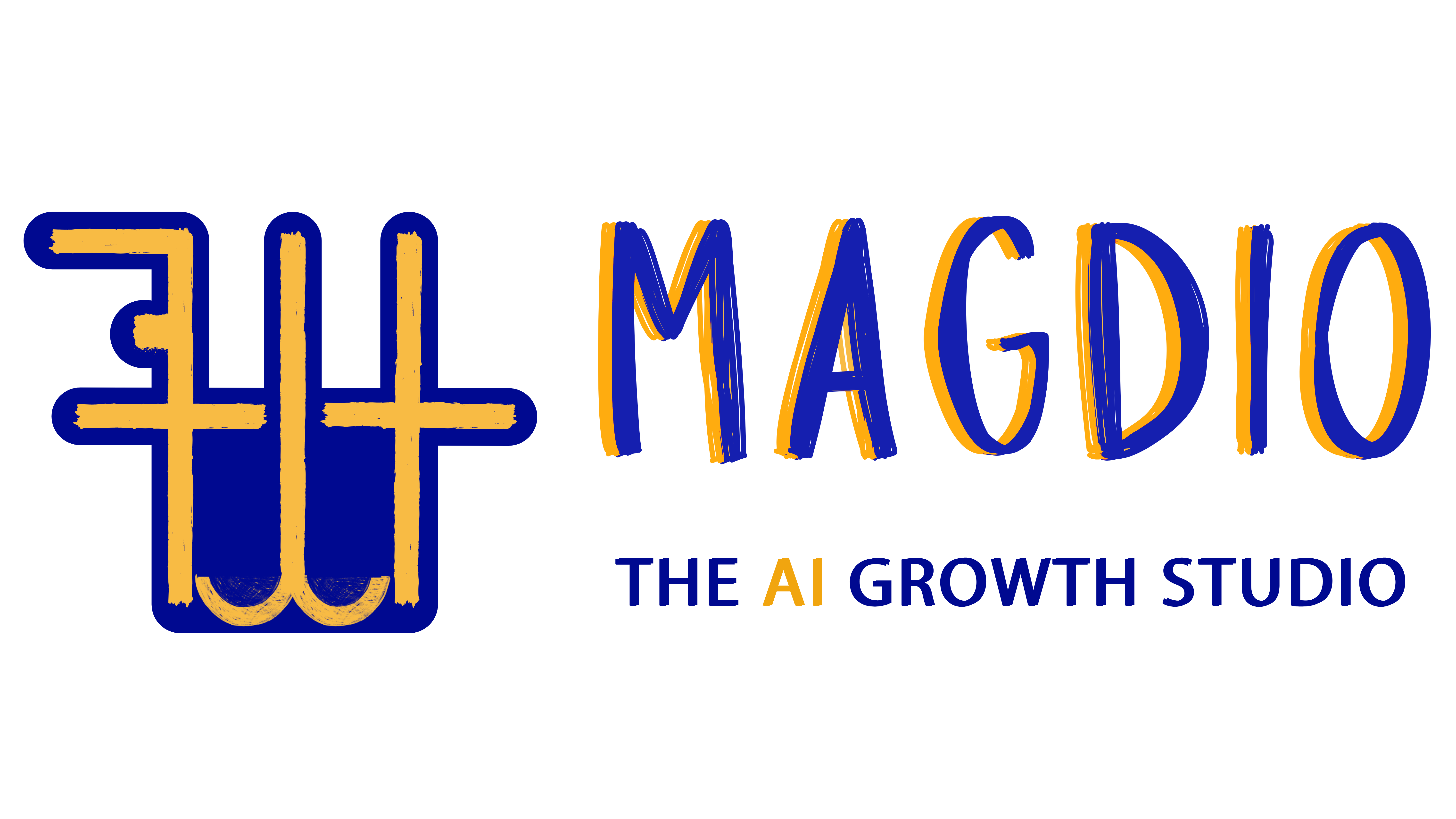Introduction
Staff augmentation is an effective workforce strategy that enables businesses to scale their teams quickly and efficiently. In today’s dynamic business environment, companies often face skill shortages, tight project deadlines, and fluctuating workloads. Hiring full-time employees may not always be feasible due to cost and time constraints. Staff augmentation provides a flexible solution by allowing businesses to bring in external professionals for short-term or project-based roles.
This approach helps companies maintain control over their projects while benefiting from specialized expertise, reduced hiring efforts, and cost savings. In this blog, we’ll explore what staff augmentation is, its types, benefits, and how businesses can implement it successfully.
What is Staff Augmentation?
Staff augmentation is a workforce strategy that enables businesses to temporarily expand their teams with external professionals. Unlike traditional hiring, staff augmentation allows companies to access skilled talent on a need-based basis without long-term employment commitments. These professionals integrate seamlessly with in-house teams, working under the company’s direction while contributing their expertise to specific tasks or projects.
Organizations leverage staff augmentation to fill skill gaps, manage high workloads, and adapt to changing project demands. It is commonly used in industries such as IT, finance, healthcare, and engineering, where specialized skills are required for short-term or ongoing projects.

How Staff Augmentation works?
Staff augmentation is a workforce strategy that helps businesses temporarily scale their teams with external professionals. These professionals work alongside in-house teams, filling skill gaps and handling project-based tasks without the long-term commitment of full-time hiring.
Companies often use staff augmentation to:
Access highly skilled talent without the overhead costs of full-time employment.
Scale up or down quickly based on project requirements.
Reduce recruitment time and effort.
Maintain direct control over projects and workflows.
Types of Staff Augmentation
Different businesses have different staffing needs. Staff augmentation can be categorized into the following types based on skill level and business requirements:
1. Commodity-Based Augmentation
This involves hiring general labor or workforce support without requiring specialized skills. Examples include retail workers or data entry personnel.
2. Skill-Based Augmentation
This type involves hiring professionals with specific technical or soft skills but without niche expertise. Examples include IT support specialists, content writers, and marketing professionals.
3. Highly Skilled Augmentation
This involves bringing in experts with niche or specialized skills for critical business functions. Examples include software developers, cybersecurity experts, and AI specialists.
Key Benefits of Staff Augmentation
Companies that implement staff augmentation can experience various advantages, including:
1. Cost-Effectiveness
Avoiding the costs of full-time employee benefits, training, and long-term salaries allows businesses to optimize budgets effectively.
2. Access to Specialized Talent
Staff augmentation helps businesses tap into a global pool of experts who possess specialized skills that may not be available in-house.
3. Scalability and Flexibility
Organizations can scale their workforce up or down based on business needs, project duration, and market demand.
4. Faster Recruitment Process
Since staff augmentation focuses on short-term hiring, the recruitment process is significantly faster than traditional hiring.
5. Greater Control Over Projects
Unlike outsourcing, staff augmentation allows companies to maintain direct control over projects while leveraging external talent.
When to consider Staff Augmentation?
Staff augmentation is a valuable workforce solution for businesses facing the following challenges:
Short-term projects that require additional resources without long-term hiring.
Skill shortages that need immediate specialized expertise.
Budget constraints that prevent full-time hiring.
High workload periods where additional support is needed.
Technological shifts require expertise in new tools or platforms.

How to implement Staff Augmentation?
To successfully implement staff augmentation, businesses should follow these key steps:
Step 1: Identify your needs
Before hiring augmented staff, assess your business requirements:
Identify current skill gaps.
Define short-term and long-term project objectives.
Determine the level of expertise needed.
Consider budget and scalability factors.
Step 2: Choose the right provider
Selecting the right staff augmentation provider is crucial to ensuring quality talent. When evaluating providers, consider:
Industry expertise and specialization.
Talent sourcing and vetting process.
Pricing and contract flexibility.
Compliance with employment laws.
Step 3: Onboard and Integrate augmented staff
Onboarding is essential for ensuring seamless integration into your existing team. Key steps include:
Conducting an orientation meeting.
Introducing augmented staff to team members.
Providing access to necessary tools and software.
Setting clear expectations and project goals.
Step 4: Manage and Monitor performance
To ensure productivity and efficiency, businesses should:
Schedule regular check-ins with augmented staff.
Use project management tools like Trello or Asana.
Provide constructive feedback.
Maintain open communication channels.
Step 5: Evaluate and Adjust
Tracking key performance metrics can help optimize staff augmentation strategies over time. Metrics to monitor include:
Time to project completion.
Quality of work and revisions required.
Cost savings compared to full-time hiring.
Retention and renewal rates of augmented staff.

Best Practices for Staff Augmentation
1. Ensure clear communication- Define expectations, preferred communication channels, and frequency of updates to streamline collaboration.
2. Establish defined processes- Standardizing onboarding, reporting, and feedback mechanisms ensures consistency across teams.
3. Consider team culture fit- Ensuring that augmented staff aligns with your company’s culture fosters better teamwork and collaboration.
4. Provide training and development- Offering learning resources to augmented staff enhances their performance and value to the organization.
5. Focus on continuous improvement- Using data analytics to refine staff augmentation strategies helps improve efficiency and long-term success.
Common Challenges and Solutions
1. Team integration issues
Solution: Pair augmented staff with internal mentors to ease onboarding and foster collaboration.
2. Lack of internal knowledge
Solution: Share company resources and provide clear documentation to help external staff understand internal processes.
3. Communication barriers
Solution: Use collaboration tools and encourage asynchronous communication to streamline interactions.
4. Security concerns
Solution: Implement strict security protocols, including NDAs and controlled access to sensitive data.
Conclusion
Staff augmentation is a strategic solution for businesses seeking to scale operations, access specialized skills, and maintain project control without committing to full-time hiring. By understanding how staff augmentation works, selecting the right provider, and implementing best practices, companies can maximize efficiency, optimize budgets, and achieve business goals effectively.

